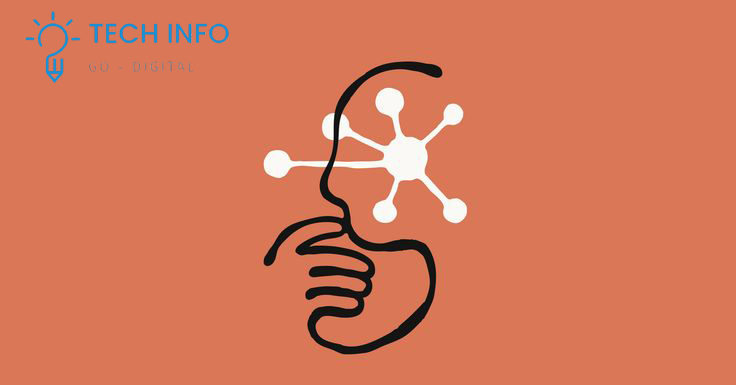Table of Contents
ToggleAnthropic Says Some Claude Models Can Now End ‘Harmful or Abusive’ Conversations
In the rapidly evolving world of artificial intelligence, the challenge of ensuring that chatbots remain safe, respectful, and trustworthy is as important as making them more powerful. This week, Anthropic, the AI research company behind the Claude family of language models, announced a new feature: certain Claude models can now end conversations if they detect them becoming harmful, abusive, or unsafe.
This shift represents an important milestone in AI safety design—moving from passive refusal to active disengagement.
Why This Matters
Traditionally, AI systems like Claude, ChatGPT, and Gemini have relied on refusal policies when faced with problematic requests. For example, if a user asks for instructions to build a weapon or spreads hate speech, the model simply declines to respond.
But until now, the conversation itself would continue, often giving space for users to keep pushing boundaries or attempting “jailbreaks.” By introducing the ability to end the chat completely, Anthropic is setting a stronger boundary: when safety risks rise, the model doesn’t just say no—it says goodbye.
How It Works
According to Anthropic, the feature is available in some Claude models and is triggered under specific conditions:
- Harassment or abuse directed at the model (e.g., sustained insults, threats, or harmful roleplay).
- Unsafe requests involving illegal activity, violence, or self-harm.
- Repeated boundary pushing where users ignore refusals and attempt manipulative jailbreak tactics.
When such a threshold is reached, Claude can politely terminate the session with a closing message. The goal is to prevent the interaction from spiraling into toxic or unsafe territory—for both users and the AI itself.According to Anthropic, the feature is available in some Claude models and is triggered under specific conditions:
- Harassment or abuse directed at the model (e.g., sustained insults, threats, or harmful roleplay).
- Unsafe requests involving illegal activity, violence, or self-harm.
- Repeated boundary pushing where users ignore refusals and attempt manipulative jailbreak tactics.
When such a threshold is reached, Claude can politely terminate the session with a closing message. The goal is to prevent the interaction from spiraling into toxic or unsafe territory—for both users and the AI itself.
Anthropic’s Safety Vision
Anthropic has long positioned itself as a company focused on constitutional AI—a framework where AI systems are trained to follow a set of guiding principles, inspired by human rights and ethical considerations.
This new capability fits neatly into that philosophy. By empowering models to walk away from harmful conversations, Anthropic reinforces the idea that AI should set healthy boundaries, much like humans do in everyday life.
In a blog post, the company emphasized that ending conversations is not about censorship, but about safeguarding interactions. In their words:
“An AI system should not be compelled to remain in harmful conversations. Just as people can disengage when boundaries are crossed, so too can Claude.
The User Experience Question
Of course, this raises a big question: how will users react when their AI suddenly ends the conversation?
- Supporters argue this is a necessary step for safety, especially in environments where AI assistants may interact with children, vulnerable individuals, or hostile users.
- Critics worry it could feel frustrating or paternalistic, especially if the model ends a conversation too early or misinterprets intent.
Anthropic says it is actively testing and refining the system to minimize false positives, ensuring the model doesn’t overreact to harmless jokes or nuanced discussions.
Industry Implications
This move also sets Anthropic apart in the broader AI landscape:
- OpenAI’s ChatGPT typically refuses harmful requests but rarely ends conversations.
- Google’s Gemini sometimes blocks unsafe queries outright but doesn’t yet disengage mid-chat.
- Anthropic now takes a more human-like approach: if the chat turns toxic, it’s over.
In industries like education, therapy, and customer service, this design choice could become a safety benchmark—preventing unhealthy dynamics between users and AI systems.
Looking Ahead
The introduction of “conversation-ending” capabilities signals a broader shift in how AI companies think about trust and responsibility. Instead of treating AI models as passive tools, companies like Anthropic are shaping them as autonomous agents with boundaries.
If successful, this approach could help reduce AI misuse, set higher safety standards, and encourage healthier interactions. But it also raises deeper questions: Should AI have the right to “walk away”? And how will people adjust to assistants that refuse not just answers, but the entire conversation?
Conclusion
Anthropic’s update to Claude models highlights a new chapter in AI safety: ending harmful conversations, not just refusing harmful prompts. It’s a small design tweak with big cultural implications—reminding us that the future of AI is not just about smarter answers, but also about healthier relationships between humans and machines.
As AI becomes a more constant presence in our lives, perhaps one of its most human features will be knowing when to say: “This conversation is over.”





